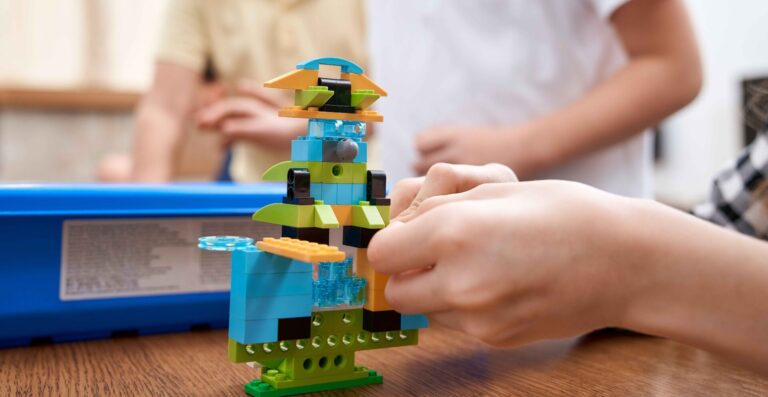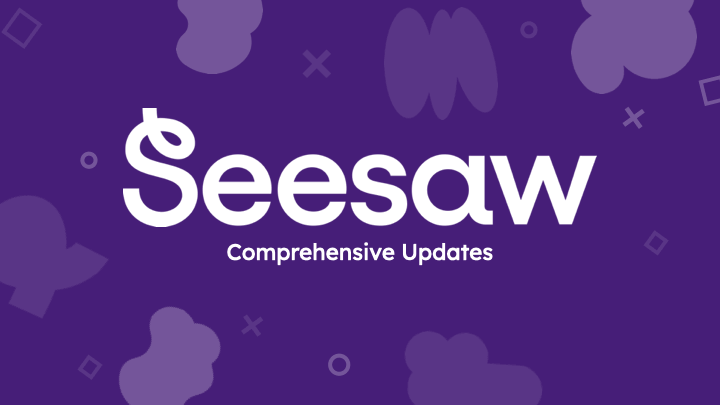Our August Learn with the Expert session featured Roni Habib, veteran teacher, founder of
EQ Schools, and expert in supporting educators to be happy, resilient, connected, and playful.
Like many educators, Roni Habib became a teacher to help kids. In the beginning of his career, his passion often led him to put his students’ needs before his own. Roni explains, “It’s easy as educators to put our wellbeing last, because we want to give, give, give.”
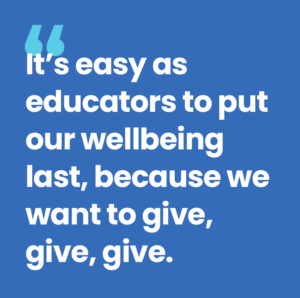
Instead of quitting, he turned to mindfulness, emotional intelligence, and positive psychology. He took care of his own wellbeing and reignited his sense of purpose as an educator.
Now, Roni shares practical strategies for creating happy classrooms that help students be more collaborative, creative, resilient, and ready to learn.
EMOTIONAL REGULATION STRATEGIES THAT MODEL WELLBEING
With the demands of teaching, deliberate downregulation can be an important and effective tool for managing stress. Downregulation means giving the body a chance to release stress by consciously shifting out of a “fight or flight” state.
Breathing, visualization, and mindfulness exercises are accessible, research-backed strategies that can support teacher wellbeing. Roni explains that practicing downregulation strategies, even for a few minutes, stimulates the vagus nerve and helps the body enter a calmer state.
Roni shares a simple exercise that helps teachers downregulate during their busy days.
-
First, breathe in for 4 counts, and breathe out for 8 counts. Repeat.
-
As you breathe, visualize your heart. Picture oxygen going in as you breathe in, and oxygen moving out as you breathe out.
-
Finally, visualize the face of a child you love as vividly as you can. Bring to mind their face as they’re smiling and laughing, and think about what you want most for them in their life.
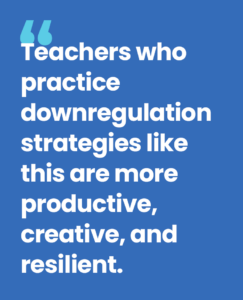
In classrooms around the world, Roni has seen that teachers who practice downregulation strategies like this are more productive, creative, and resilient.
Learning strategies to support their wellbeing allows teachers to be their best selves. As Roni says, “This is the work to show up for ourselves, our students, and our loved ones.”
An added benefit that Roni points out is that teachers can bring these strategies into their classrooms. This can build healthy habits in students and prepare them to manage the stresses in their lives as well.
GET STUDENTS’ BRAINS READY TO LEARN WITH EMOTIONAL RESONANCE
Belonging is essential for learning.
Roni shares the science that explains why: When students don’t feel like they belong, they can’t engage their prefrontal cortex, the part of the brain student need to be in when they’re learning.
Emotional resonance – when we feel connected and understood – is one way to help students feel like they belong. There are a number of ways to foster emotional resonance in the classroom. The most fun way is through play!
Roni explains, “When people play together, they work and learn better together.” When we play, we often laugh! When we laugh together, we feel that critical sense of belonging that allows us to engage our prefrontal cortex.
In his session, Roni demonstrates a game that gets you moving, dancing, and laughing! Watch it here.
Playing can also elicit positive emotions. Roni cites research by Barbara Fredrickson, Ph.D., Director of the Positive Emotions and Psychology Lab, that shows how positive emotions make us more creative, collaborative, and eager to learn more things.
“I don’t know about you all, but that’s exactly where I want my students to be!” Roni says.
Beyond play, Roni shares simple ways to infuse emotional resonance in your classroom, including:
-
Greet students with eye contact to start the day with connection.
-
Ask “What went well?” to bring attention to the positive in our lives and foster an inner locus of control over our wellbeing.
-
Show funny clips to bring joy.
These are just a few of the practical strategies Roni shares that can help you create a happy classroom this year. He goes on to discuss how to handle your inner critic, gratitude routines that open a window into students’ lives, and more.
Join in on the fun! And look out for new Learn with the Expert sessions every month.
 FOR MORE, WATCH LEARN WITH THE EXPERT WITH RONI HABIB
FOR MORE, WATCH LEARN WITH THE EXPERT WITH RONI HABIB
The Power of Joy, Play, and Connection in the Classroom
In this interactive keynote, learn how supportive relationships prime students’ brains to learn and lead to more creative, collaborative, productive, and resilient classrooms.
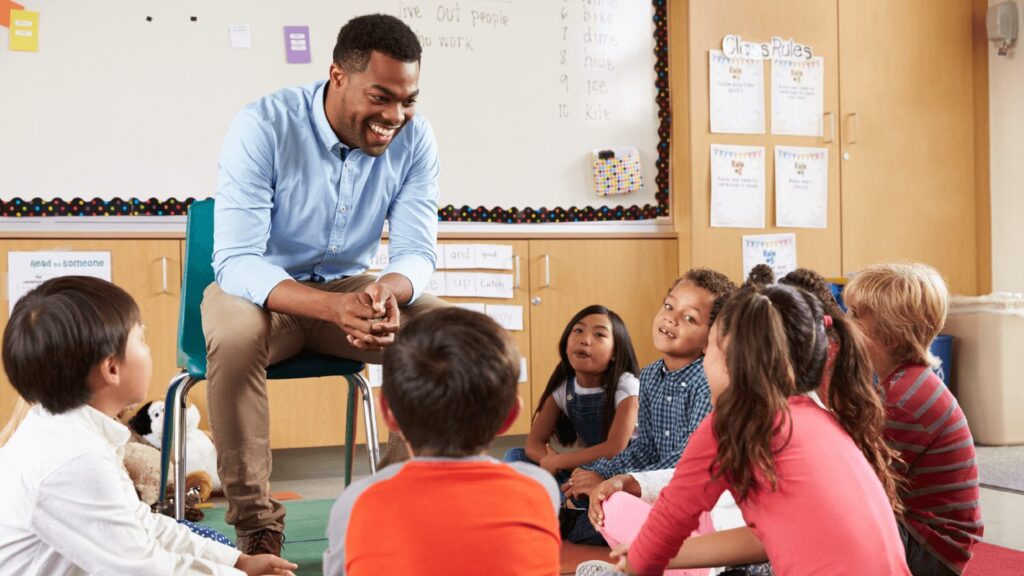
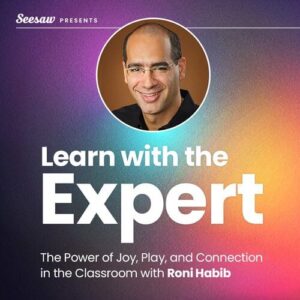 FOR MORE, WATCH LEARN WITH THE EXPERT WITH RONI HABIB
FOR MORE, WATCH LEARN WITH THE EXPERT WITH RONI HABIB
